Lexus has finally released full details and 118 new images of the new Lexus LC coupé, the stylish two-door derived from 2012’s stunning LF-LC concept. As previously reported, the brand’s new flagship sports car comes in two flavours, the LC 500 and the LC 500h hybrid.
The design is one of the key features of the LC, and retaining the show car’s looks was the greatest challenge Lexus has undertaken since the original LS, according to chief engineer Koji Sato. For instance, it took six months to redesign the front multilink suspension’s control arm geometry in order to achieve the low bonnet line, while new slimline LED headlights keep the front overhang short.
At the front, the trademark spindle grille is finished in chrome and has a new mesh design – the visual tension changes as it stretches around the front of the car. Independent arrowhead LED daytime running lights add to the unique lighting signature created by the triple LED headlight units.
The sweeping roofline and a glasshouse that tapers towards the rear creates what Lexus says is a unique silhouette, with blacked out C-pillars creating a floating roof look. Chrome roof mouldings create a more elegant aesthetic, with the rear edges shaped to mimic a traditional Japanese sword. Prominent haunches and a middle section that is pulled inward create a three-dimensional form reminiscent of the grille.
Moving to the rear of the car, the spindle grille outline is mirrored in lines that go around the tail lights, before moving outwards to follow the number plate recess and the outer edges of the tailpipes. The tail lights themselves feature mirrors to create a multi-reflection, three-dimensional series of L-shaped graphics. Buyers can choose between either 20-inch cast or 20- and 21-inch forged alloy wheels.
Aerodynamics was another area the engineers worked on, in order to optimise the car’s driving dynamics while suppressing wind noise – with the aim of creating smooth, unbroken airflow both over and under the car. There are small fins just ahead of the wing mirrors to control airflow, the positioning of which is said to be critical in terms of handling and wind noise.
Also fitted are ducts in front of the rear wheels, directing air into the wheel arch – which in turn exits smoothly across the sidewall of the tyres. This improves high-speed stability and steering responsiveness, and also enhances the feeling of grip from the rear tyres, such as when changing lanes. An optional active rear spoiler comes up at 80 km/h, cutting rear lift to aid stability at speed.
Underneath, there’s an almost completely smooth finish, with parts aligned with the aero line. That line kicks up towards the rear, with the silencer in particular angled upwards like a diffuser.
Step inside the 2+2 cabin and you’ll find a driver-focused cockpit, with a central spar separating the driver and passenger. The driver’s hip point is located as close as possible to the car’s centre of gravity, and Lexus claims that a low hood line, low-profile instrument panel (thanks to compact air vents) and slim A-pillars improve outward visibility despite the low driving position.
Entry and egress benefits from generous legroom underneath the instrument panel, a lower sill and a larger door aperture, the latter for more head space. The seats, meanwhile, feature a new two-part construction for improved holding and comfort, with extra bolstering in the shoulder blade area for increased lateral support. Optional sports seats feature even more substantial bolstering to keep the driver’s back in place.
Driving-related controls – such as the paddle shifters, Drive Mode Select switch, starter button and gearlever – have all been clustered around a control zone around the steering wheel. The horizontal dashboard design has principal instrumentation and function controls within its cross section, all positioned at the same height to reduce the degree of eye movement needed to read them. The distinctive TFT LCD instrument display with moving centre ring has been further developed from the one in the LFA.
Lexus has even paid attention to the steering wheel design, with a cross-section change around its circumference to allow for variations in grip and wrist twisting. The new magnesium alloy paddle shifters give a more substantial feel when used, and are larger to allow fingertips to hook to them easier.
Built on the new Global Architecture – Luxury (GA-L) platform, the LC features a rigid body using a mix of regular, high- and ultra-high-strength steel, aluminium and carbon fibre. To improve weight distribution, the front-mounted engine has been moved 50 mm rearward, and the spare wheel has been replaced by run-flat tyres, allowing the battery to be relocated to the rear (and the boot to be made larger).
A lower centre of gravity has enabled engineers to reduce roll angle without stiffening the springs and ruining the ride – the result is controlled body motion and precise, linear response, contributing to a smoother driving experience, particularly when cornering or changing lanes.
Suspension is via multilink front and rear systems, with the front gaining an optimal arm design for improved steering feedback, while the rear receiving a low-mount configuration with precisely defined arm locations for ideal high-stability steering characteristics. Double ball joints on the control arms allow for finer movement control, optimised suspension geometry and more precise steering response.
Optional is Lexus Dynamic Handling that uses Variable Gear Ratio Steering (VGRS), Active Rear Steering (ARS) and electric power steering to enhance steering response and a more direct feel in high-speed cornering, providing increased security. There’s also a limited-slip differential for more stable mid-corner acceleration, and works with the Vehicle Stability Control (VSC) and ARS to reduce understeer and oversteer.
The LC 500 is powered by a 5.0 litre naturally-aspirated Atkinson-cycle V8, derived from the GS F and RC F. Fitted with VVT-i and D-4S direct injection, it’s been breathed on with forged connecting rods and titanium valves, allowing it to spin up to 7,300 rpm. There’s also a dual intake inlet to improve breathing and engine note, along with a double torsion damper on the crank pulley for reduced noise and vibration.
The result is 471 hp at a screaming 7,100 rpm and 540 Nm at 4,800 rpm, enabling the LC 500 to sprint to 100 km/h in under 4.5 seconds. All that power is sent to the rear wheels via a Direct Shift 10-speed automatic gearbox, with ratios spaced evenly and closer together – there’s an extra gear to reduce the gap between second and third gears, and a 10th gear for more efficient high-speed cruising at reduced engine speeds.
Other new features on this transmission include AI-Shift control with drive mode switching, selecting the optimum ratio not just on vehicle speed and accelerator usage, but also from past driving history. This enables the ‘box to estimate the driver’s preferences and intentions, adapting its gear selections to suit even if the driver leaves the Drive Mode Select switch alone.
With a new torque converter enabling full-range lock-up control, the LC 500 delivers a more direct feel and eliminates unnecessary revving – all while keeping the gearbox comparable in size and weight as the current eight-speeder thanks to intelligent design, packaging and weight-saving measures. Lexus has also used low-friction materials as much as possible for improved fuel economy, and kept internal parts to a minimum.
Meanwhile, the LC 500h makes use of a 3.5 litre V6 – like the V8, it too gets direct injection, but benefits from Dual VVT-i. Other measures include a reduction in the intake port’s diameter to increase flow speed and efficiency, improving power output; narrow, lightweight roller rocker arms and low-friction timing chains also reduce friction losses and increase engine efficiency.
Mated to the engine is what Lexus calls a Multi Stage Hybrid system, combining an electric motor (no output figures have been released yet, unfortunately) and an 84-cell, 311 V lithium-ion battery; the latter being a Lexus first. That’s just about par for the course for a full hybrid, but the company has also added a four-speed automatic gearbox for a more direct driving feel.
Banish thoughts of the antiquated Toyota four-speeder, because this is way more advanced. The new transmission replaces the reduction gear that amplifies the engine’s output in a traditional hybrid, allowing much greater drive power to be generated when accelerating off the line.
The system simulates the feel of a 10-speed gearbox – the eCVT has three virtual ratios, multiplied to nine through the auto’s first three ratios; the final, fourth gear is the 10th virtual ratio. This enables engine speed to rise in a linear and direct manner under acceleration, eliminating the typical CVT “rubber band” effect. There are paddle shifters too, if you want to take control – a first for a Lexus hybrid.
Standard on all LC models is Lexus Safety System +, a full suite of active safety features. These include Pre-Collision System with Pedestrian Detection, Pre-Collision Brake Assist, All-Speed Dynamic Radar Cruise Control, Lane Departure Alert with Steering Assist and Vehicle Sway Warning and Intelligent High Beam.
The Lexus LC is built at the Motomachi plant, which previously produced the hand-built carbon fibre LFA. The production line has been tailored to suit the LC, and many of the craftspeople (or Takumi) and skilled workers who worked on the LFA have transferred over to the LC project, bringing with them their knowledge and expertise, particularly in working with carbon fibre components and hand finishing.
GALLERY: Lexus LC 500
GALLERY: Lexus LC 500h
Looking to sell your car? Sell it with Carro.


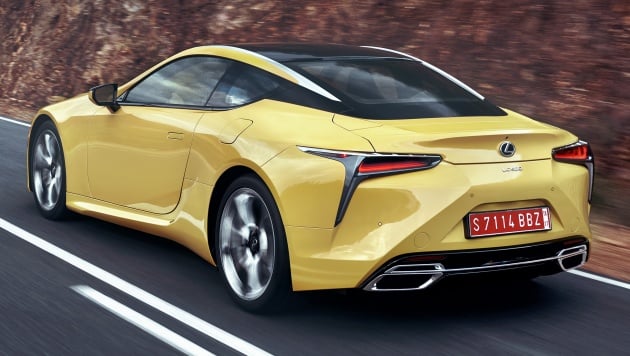



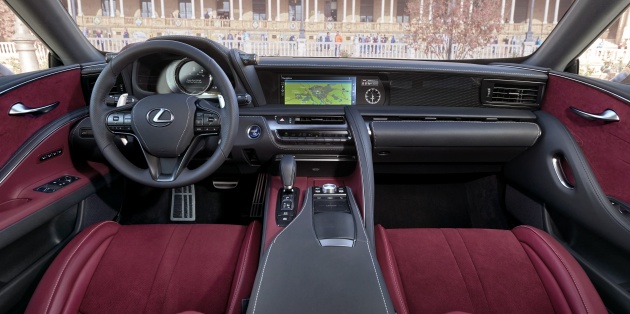



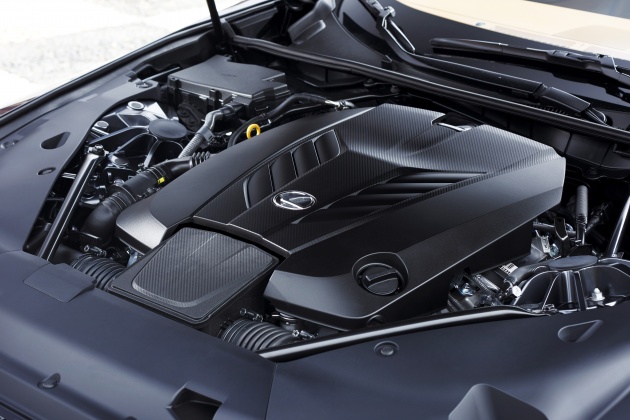
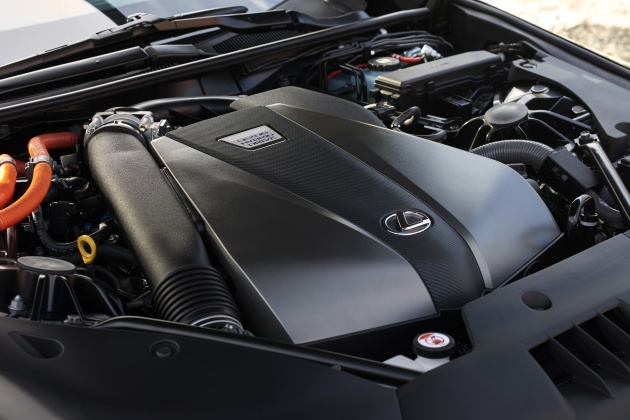


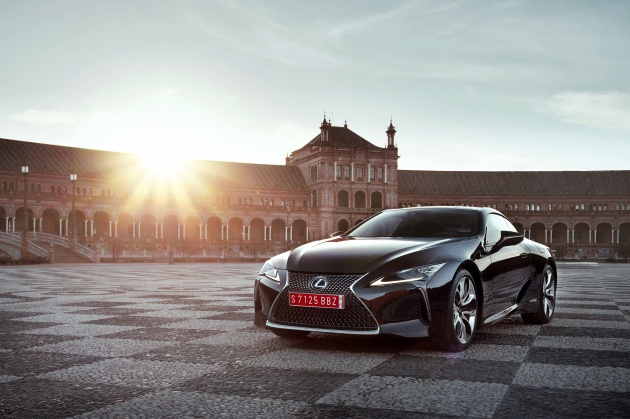

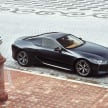
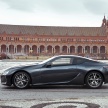

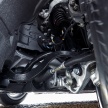

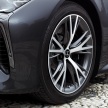
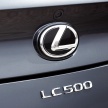


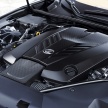
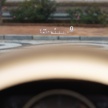
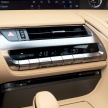
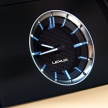

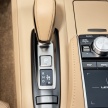
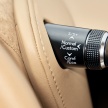
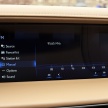
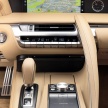
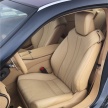

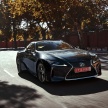


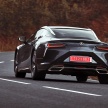
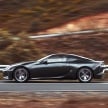

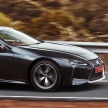

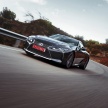
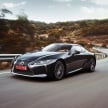



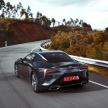

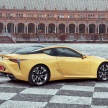


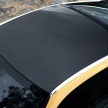


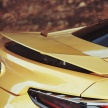

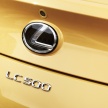
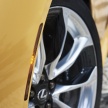
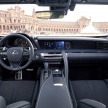





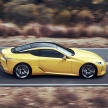






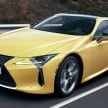
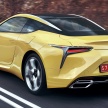
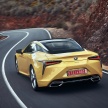



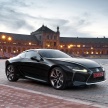

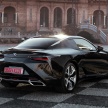
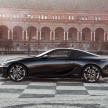




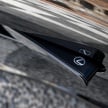
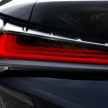
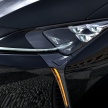
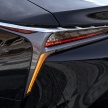
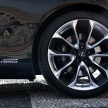

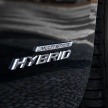
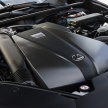
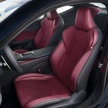
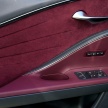
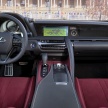
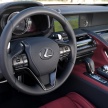


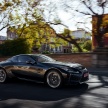

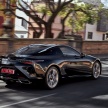
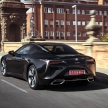

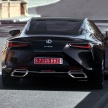

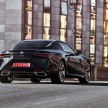


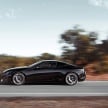

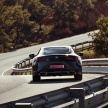

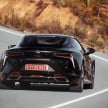
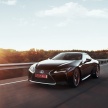



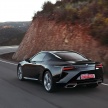

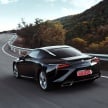



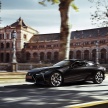














Is that tear drop?
Wow. Red/Burgundy velour-look upholstery.
How retro! Reminds me of the 80s.
Damn.. makes the current Audi TT looks dated already. Priced higher than then the i8?
TOYOTA SUPRA
Absolutely sensational…..
Damn!!! Its so stunning!!
Macho looking car.
Will be trashed in FF9
Wow. Stunning look! how is this compare to LFA?
No comparison really. The LC is a mass-produced coupe with an engine brought over from the GS-F while the LFA was a supercar built to be a tour de force and showcase Toyota’s capability. That V10 in the LFA is still one of the best engine ever produced.